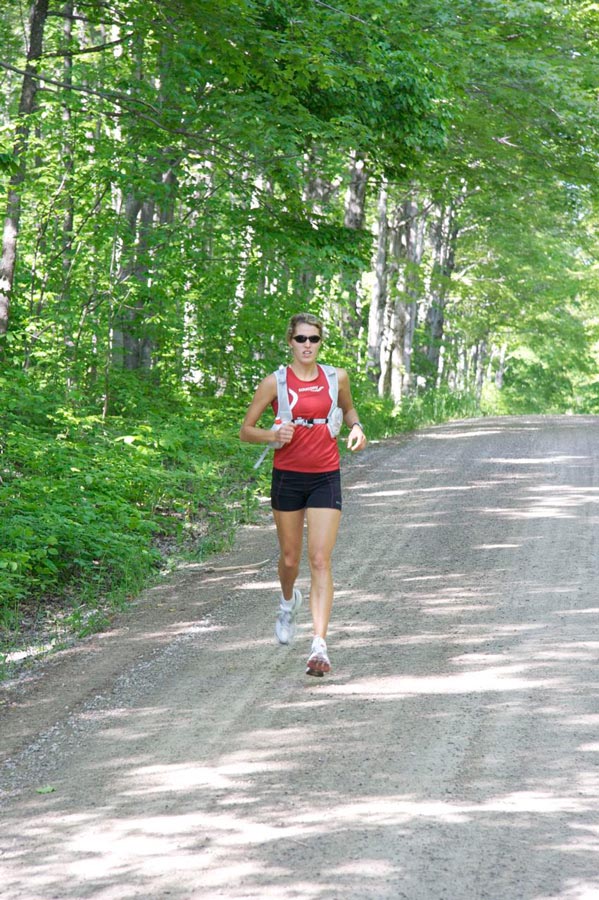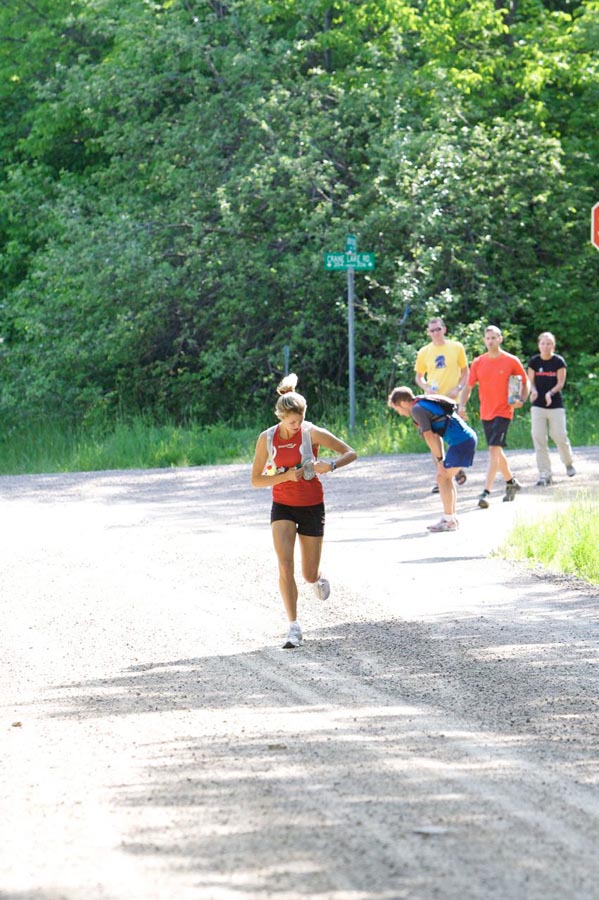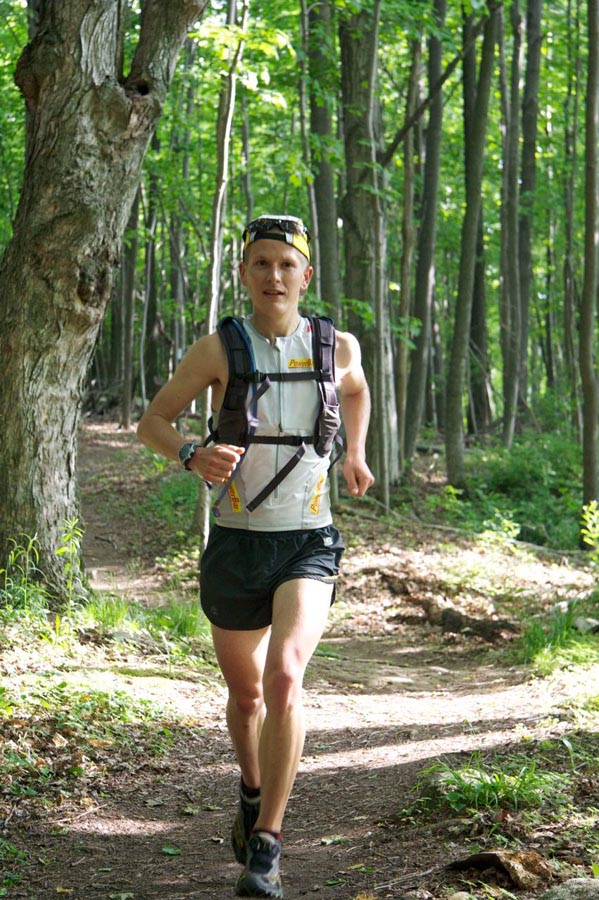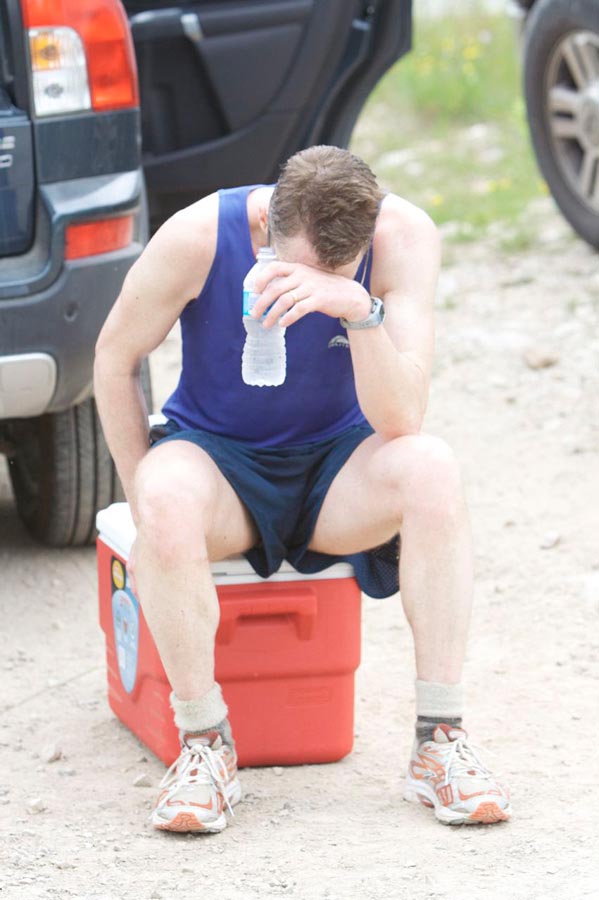The Science Behind BLAZE: The Niagara Escarpment Race
To read the scientific paper, click here.
For more information on the scientific background and Q/A, click here.
Background: The race will test the mental and physical endurance of 20 elite male and female endurance athletes competing in a continuous relay over the length of the Niagara Escarpment UNESCO World Biosphere Reserve (894 km). This event provides a unique opportunity to complete a scientific study on the “real life” stresses of competing in the field including factors that cannot be recreated in the laboratory setting; elevation gain, rocky terrain, trips and falls, cuts and bruises, environmental changes (heat, rain, humidity), and the difficulties of transporting all food and fuel during the run.
Methods: All 20 athletes will record training and diet for 2 months prior to the race and will visit the Corkins/Lammert Neuromuscular and Mitochondrial Disease Clinic at McMaster University Medical Center to complete a VO2maxtest on a treadmill, a DEXA scan for body composition assessment, and leg strength assessment. In addition, subjects will perform a maximal oxygen uptake test (VO2max) test on a treadmill in the McMaster High Performance Laboratory located in the David Braley Athletic Centre*. We will be taking blood samples on the morning of the start and upon finishing the race for analysis of muscle damage (CK activity) and blood counts (hemoglobin, white blood cell counts and type). Urine will also be collected to determine oxidative stress (free radical damage). During the run we will collect diet records, heart rate, mood scales, and scales to indicate the perception of overall muscle pain and fatigue.
Results: That We Will Be Evaluating: From the above measurements we will be looking at interesting concepts including:
How much carbon dioxide is produced running the Niagara Escarpment (what is the carbon footprint for a runner vs a car)?
- How many heart beats does it take to run the escarpment and how many liters of blood would be pumped?
- What is the caloric cost of running the escarpment (how many hamburgers does it cost to run it)?
- What will determine success (age, average hours of training before the race, nutritional intake during the run)?
- Will women show less oxidative stress and muscle damage as compared to men?
- How will the older team (Mitochondria) fare against the younger team (Muscle)?
Why Are We Doing This: We hope that the scientific results from this event will help athletes of all abilities train and compete more effectively, but our primary goals are:
- To highlight a true natural wonder of the world – The Niagara Escarpment
- To inspire people to get outdoors and start exercising in a manner that is respectful of the environment
- Show that science and exploration are exciting, rewarding, and necessary
- Raise awareness of common diseases that lead to impairments in muscle strength (muscular dystrophy) and energy provision (mitochondrial disease) that cause major suffering to hundreds of thousands of people in North America and yet are relatively “under the radar”.
* In addition to being used for research purposes, the McMaster High Performance Laboratory offers a range of commonly sought after fitness tests including VO2max and body composition on a fee-for-service basis. For additional information on this new state-of-the-art facility, click:
McMaster High Performance Laboratory
Gallery:


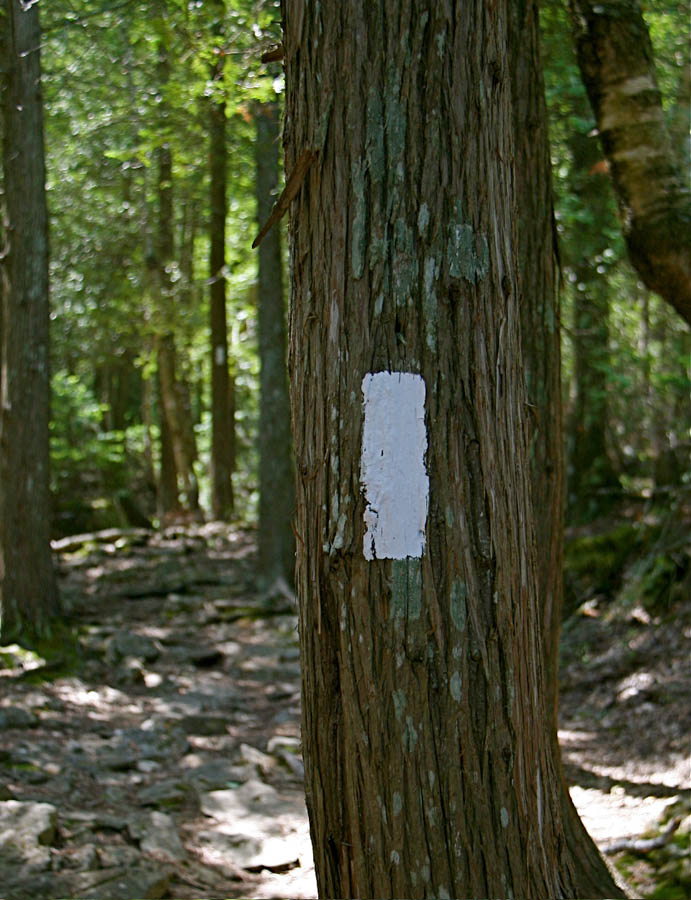
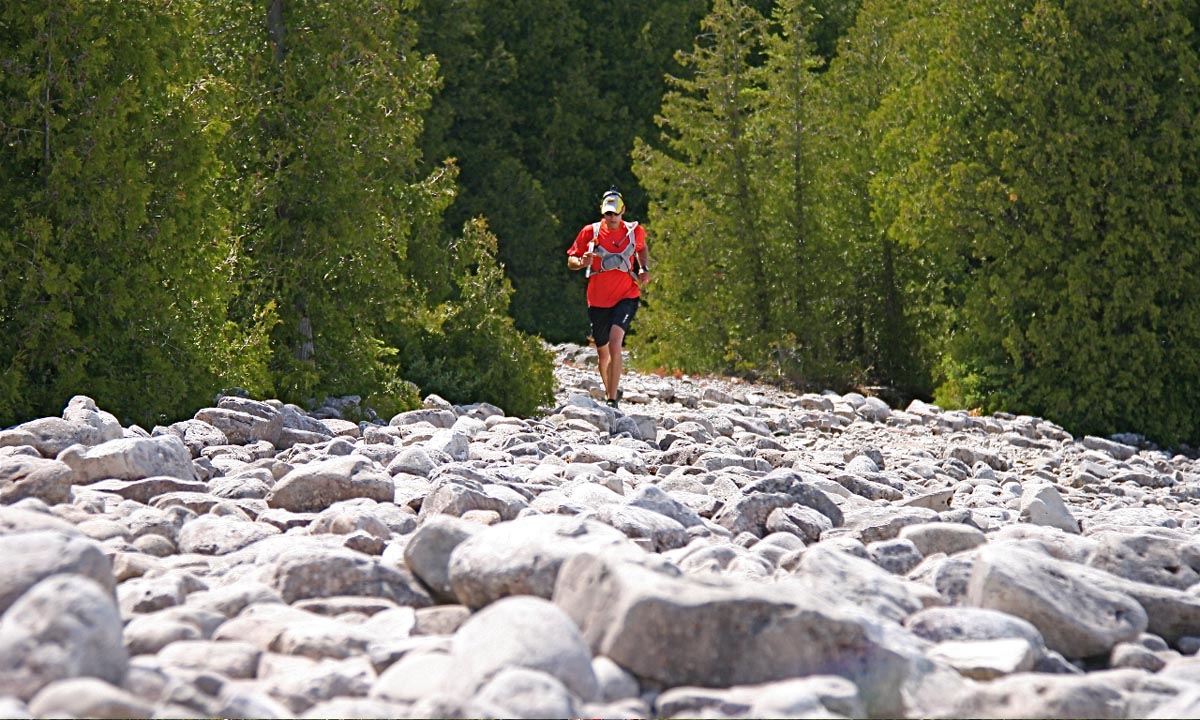
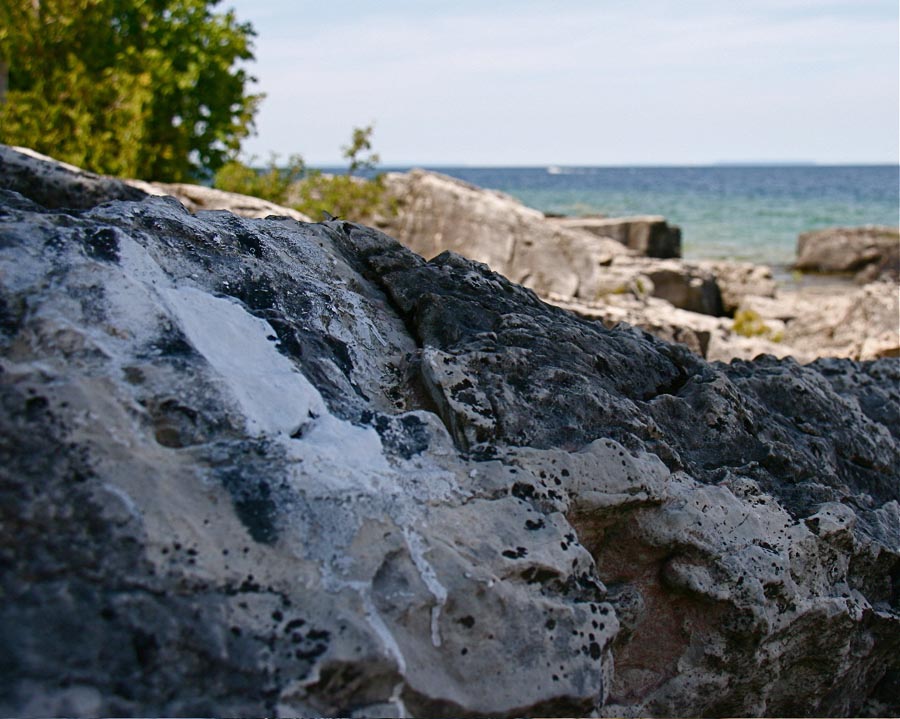


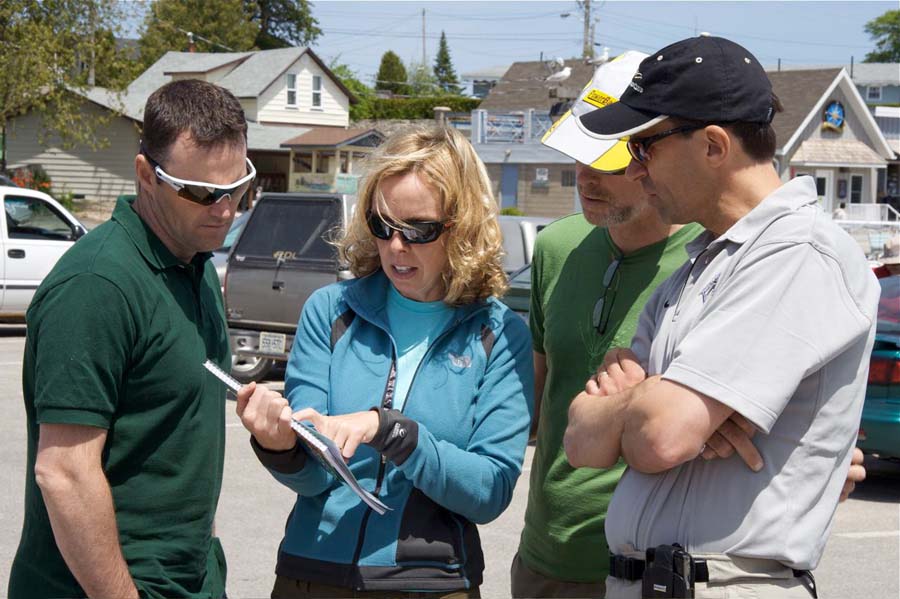
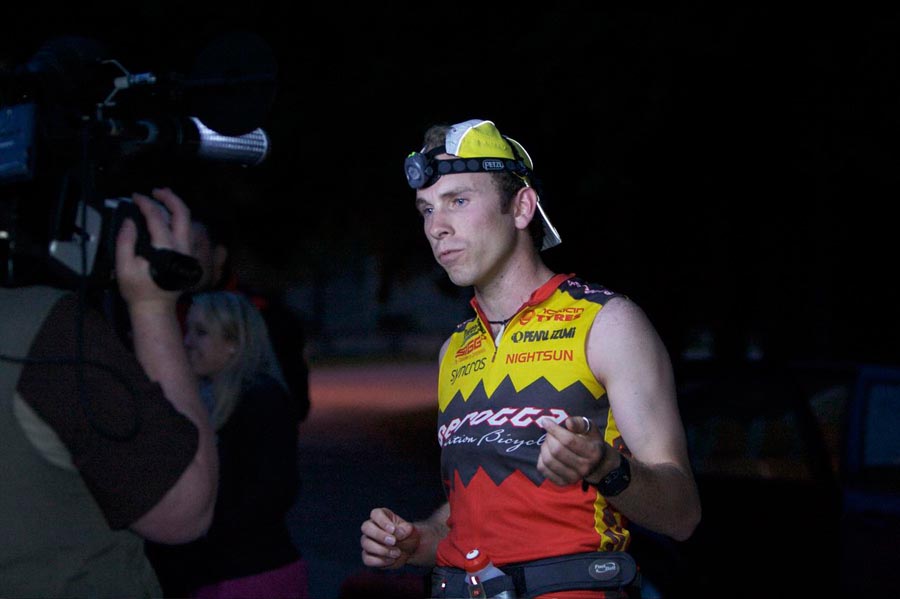

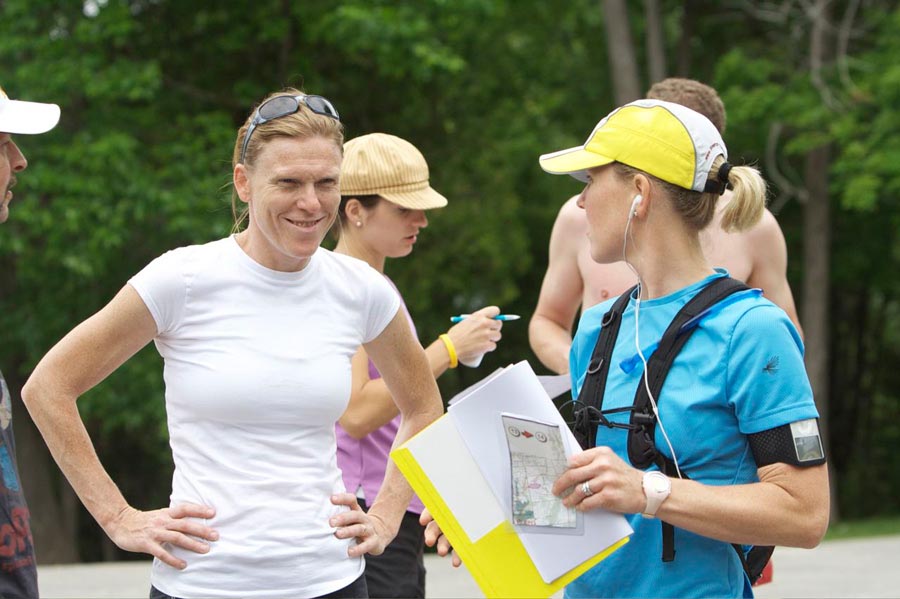
Team Muscles:
Muscular Dystrophy Canada
Team Muscles is raising money for Muscular Dystrophy Canada. Click here to make a donation online.
Charlotte Vasarhelyi, 33
Occupation: Engineering Specialist
Attackpoint Alias: n/a
Athletics: Elite Ultra-Runner
Other: MSc., Environmental Researcher, Team Canada 24 Hour Ultra Running 2006-2009, McNaughton Park Trail 150 Mile Women's Course Record Holder, Funeral Run 50 Miler Women's Course Record Holder, HURT 100 Miler 2nd Female (2008), Podium finishes at 100 Milers 2005-2008
Derek Caveney, 32
Occupation: Engineer
Attackpoint Alias: d-money
Athletics: Elite Runner, Elite Adventure Racer, Expert Cyclist
Other: PhD, Primal Quest, Search for Steve Fossett
Gary Hudson, 28
Occupation: RMT
Attackpoint Alias: Rock
Athletics: Elite Cyclist, Elite Runner, Elite Duathlete
Other: Canadian Duathlon Team, Ontario Mountain Bike Team, World 24-Hours of Adrenaline, Search for Steve Fossett
Hans Fransson, 37
Occupation: Teacher
Attackpoint Alias: Sudden
Athletics: Elite Orienteerer and Ski-Orienteerer, Elite Runner, Elite Nordic Skier
Other: Father of Two, World Orienteering Championships 2007
Jack Van Dorp, 25
Occupation: Urban Planner
Attackpoint Alias: frankenjack
Athletics: Elite Nordic Skier, Marathon Kayaker, Elite Runner, Triathlete, Duathlete
Other: Two Time World Jr Quadrathlon Champion, Team Ontario Nordic Skiing 2001-2004, cycled across Canada
Jeff MacInnis, 45
Occupation: Business Race Coach
Attackpoint Alias: n/a
Athletics: Elite Cyclist, Elite Adventure Racer
Other: Father of Three Boys, Canadian Alpine Ski Team, Eco Challenge, Northwest Passage, Overland Challenge
Kate MacNamara, 27
Occupation: Registered Nurse, Pediatrics at McMaster Children's Hospital
Attackpoint Alias: KatieMac
Athletics: Elite Road Runner, Elite Hockey Player
Other: Two Time Winner of Around the Bay Road Race, Second Place Finisher in Both Toronto and Niagara International Marathons, Boston Marathon Elite Female Competitor
Scott Ford, 34
Occupation: Development Manager, Bullfrog Power
Attackpoint Alias: Hansel
Athletics: Elite Adventure Racer, Elite Paddler, Elite Runner, Mountain Biker
Other: New Father, Eco-Challenge 2000 – 2002, Primal Quest 2005, 2006, 2008
Wes Roberts, 33
Occupation: eHealth Privacy Analyst
Attackpoint Alias: Superwes1000
Athletics: Elite Ultra-Runner, Marathoner
Other: Father of Two
Team Mitochondria
United Mitochondrial Disease Foundation
Team Mitochondria is raising money for the United Mitochondrial Disease Foundation. Click here to make a donation online.
David Rowlands, 36
Occupation: Professor of Sport Science and Nutrition
Attackpoint Alias: n/a
Athletics: Professional Duathlete, Elite Road and Mountain Biking, Mountain Running
Other: Duathlon World Championships
Patrick Goeres, 24
Occupation: Student, Athlete
Attackpoint Alias: Mr.Pither
Athletics: Elite Orienteerer, Elite Nordic Skier, Elite Trail Runner
Other: North American, Canadian, US Orienteering Champion
Mark Tarnopolsky, 46
Occupation: MD, Professor of Pediatrics and Medicine at McMaster University
Attackpoint Alias: n/a
Athletics: Elite winter triathlete, Ski-Orienteering World Championships, 3-Time Ontario Trail Running Series Champion, Elite Duathlete, Elite Adventure Racer
Other: Father of Three Girls, Clinician and Researcher in Neuromuscular Diseases
Robyn Allen, 32
Occupation: Physiotherapist
Attackpoint Alias: Bird
Athletics: Elite Adventure Racer, Expert Trail Runner, Mountain Biker
Other: Mother of Two Boys
Bob McGrath, 37
Occupation: Sales Rep
Attackpoint Alias: n/a
Athletics: Ultrarunner, Adventure Racer, Climber
Other: Candian Death Race, Ultra Trail du Mont Blanc, Podium Finishes OUS 50km Ultra Series
Allan Magi, 45
Occupation: Civil Engineer/Executive
Attackpoint Alias: Rolling Estonian
Athletics: Elite Nordic Skier, Elite Trail Runner
Other: MBA, P.Eng, Married Father of Two
Martin Rydlo, 37
Occupation: Director of Marketing, Campbell Soup
Attackpoint Alias: AdventureMarty
Athletics: Elite Triathlete, Elite Runner, Elite Adventure Racer
Other: Father of One
Mike Waddington, 41
Occupation: Professor, Environmental Science McMaster University
Attackpoint Alias: Hammer
Athletics: Elite Orienteerer, Elite Trail Runner, Elite Adventure Racer, Nordic Skier
Other: Father of One, Three Time North American Orienteering Champion, Six Time Canadian Orienteering Champion, World Orienteering Championships
Joany Verschuuren
Occupation: Reimbursement Access Manager
Athletics: Elite Ultra-Runner, Cycling
Other: Competitor in Many International Running Stage Races
Paul Trebilcock, 43
Occupation: Carpenter
Attackpoint Alias: Turbo
Athletics: Elite Ultra Runner, Expert Orienteerer, Elite Rock Climber
Other: Father of Two Girls, 2005 50 km Canadian Champion, 2006 50 mile Canadian Champion, 2006 OUSER Series 50 km Cup, Search for Steve Fossett
